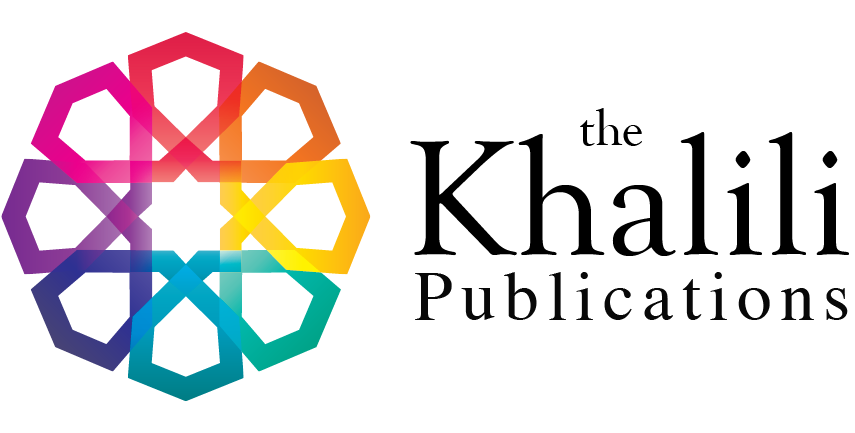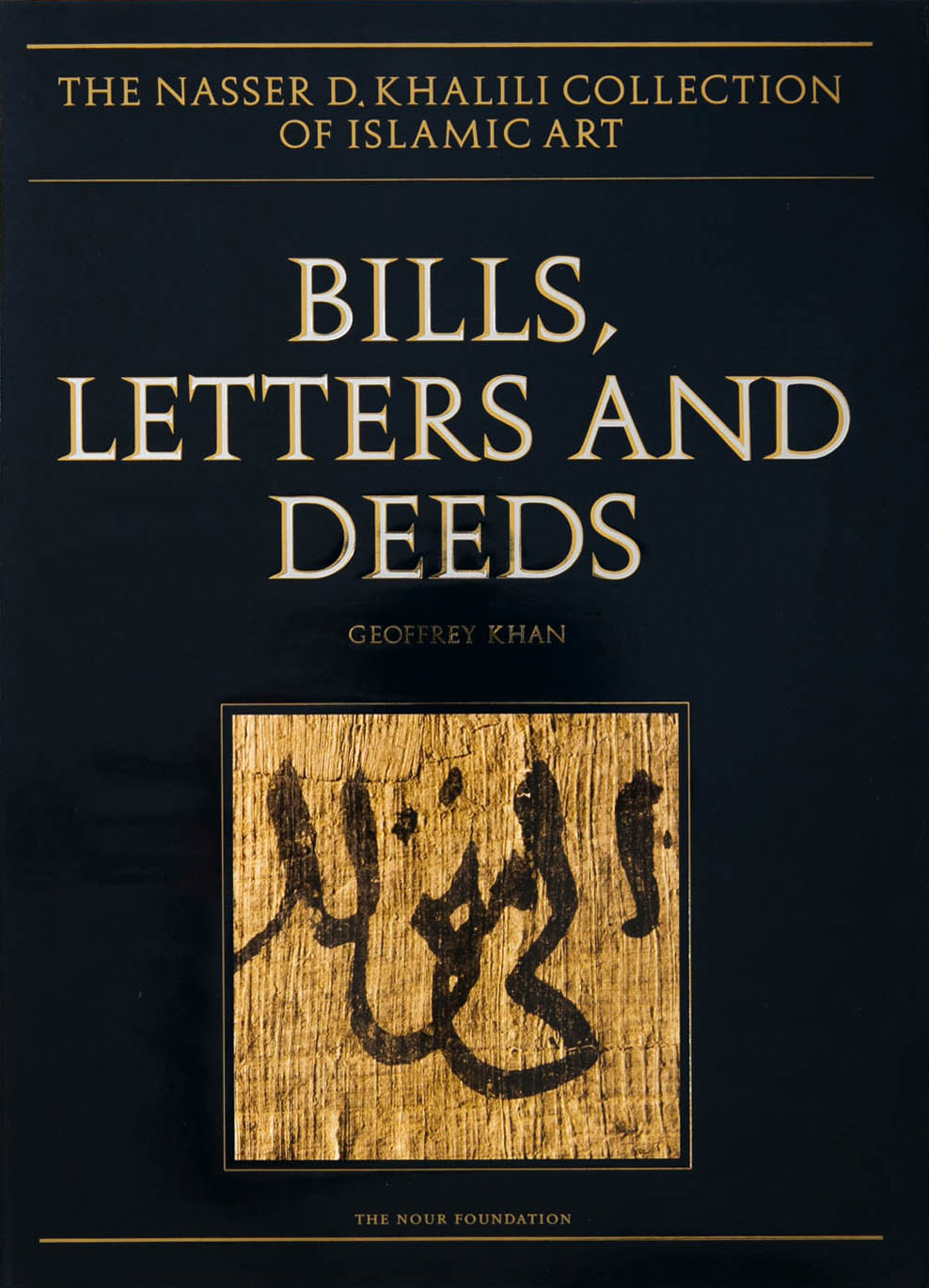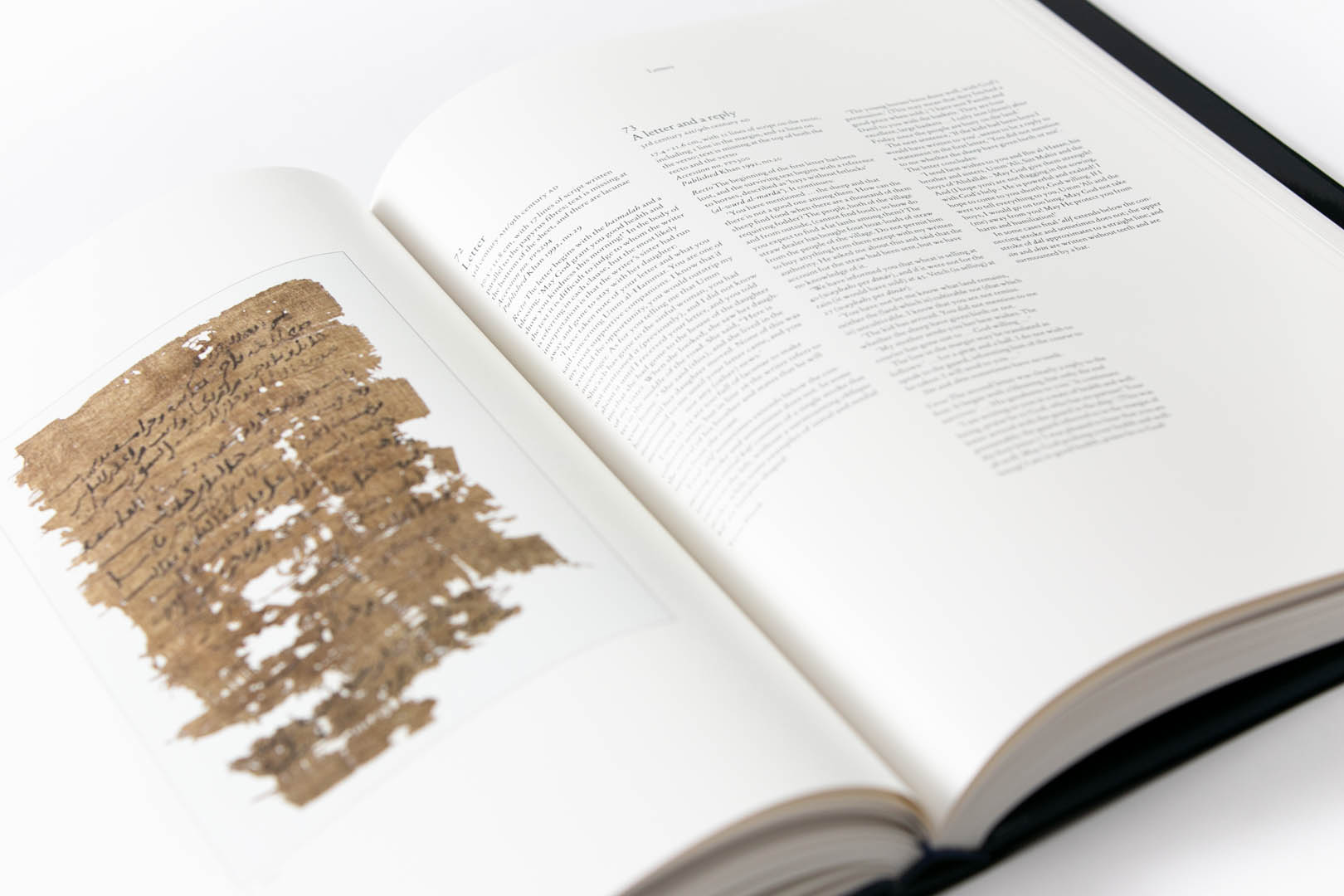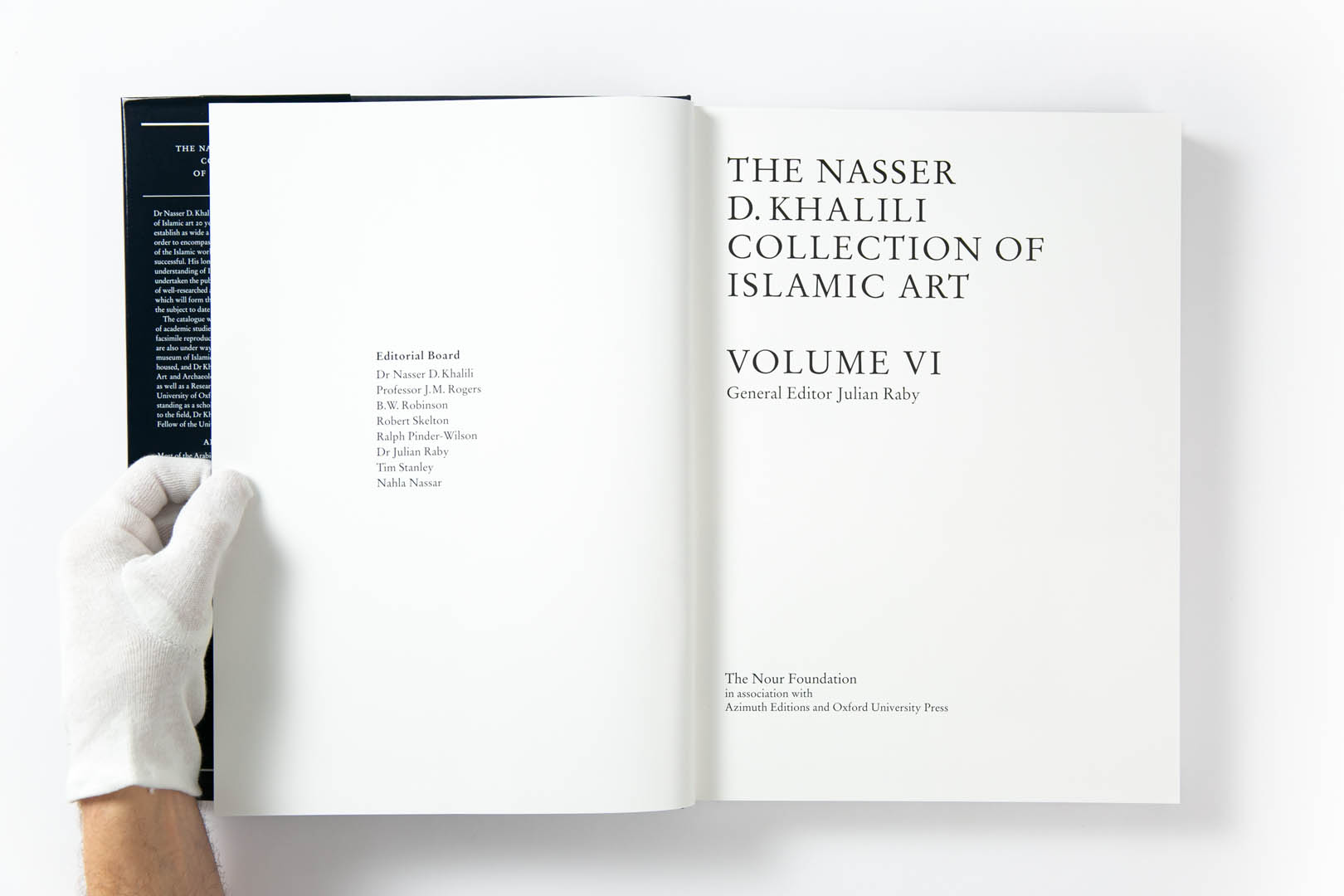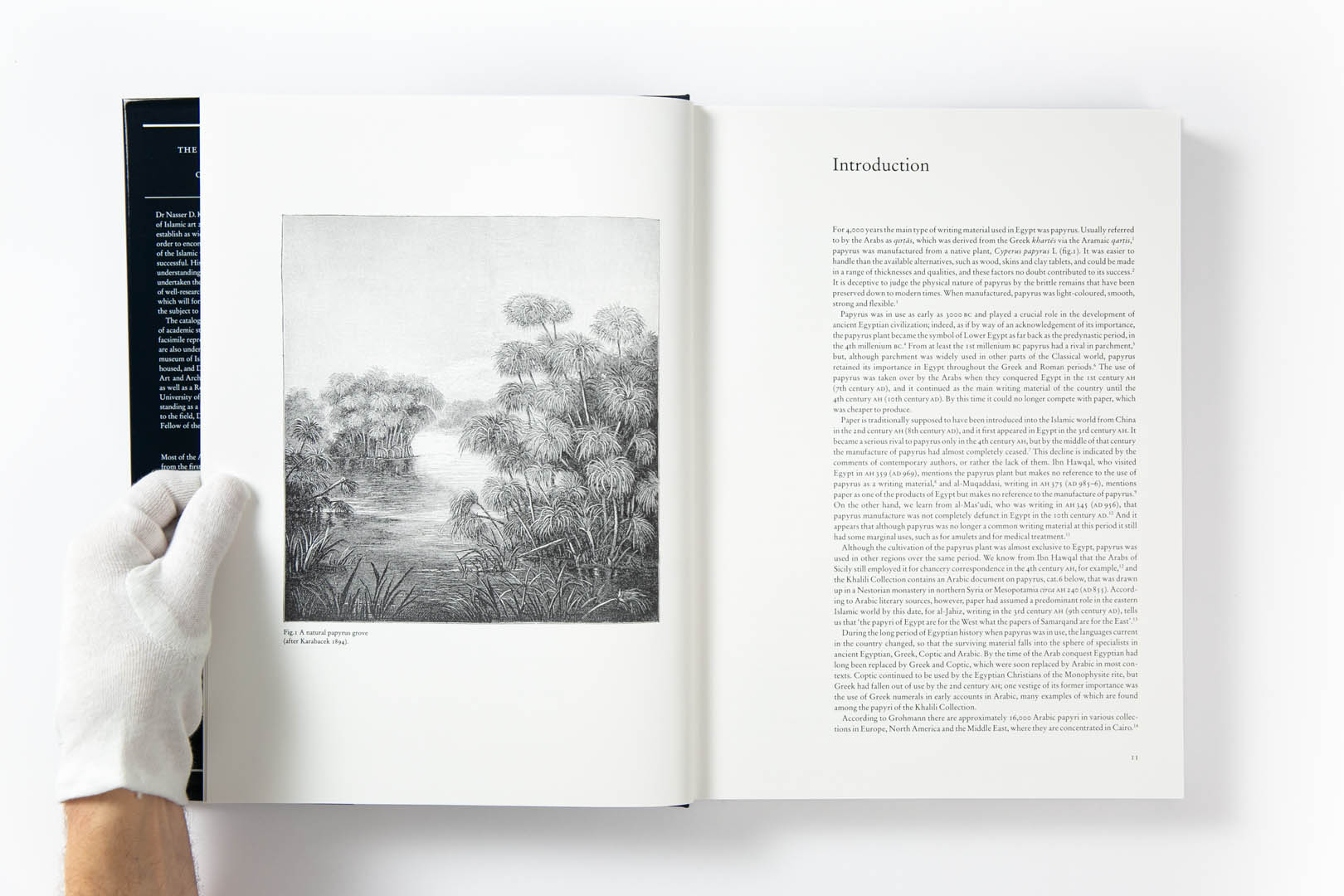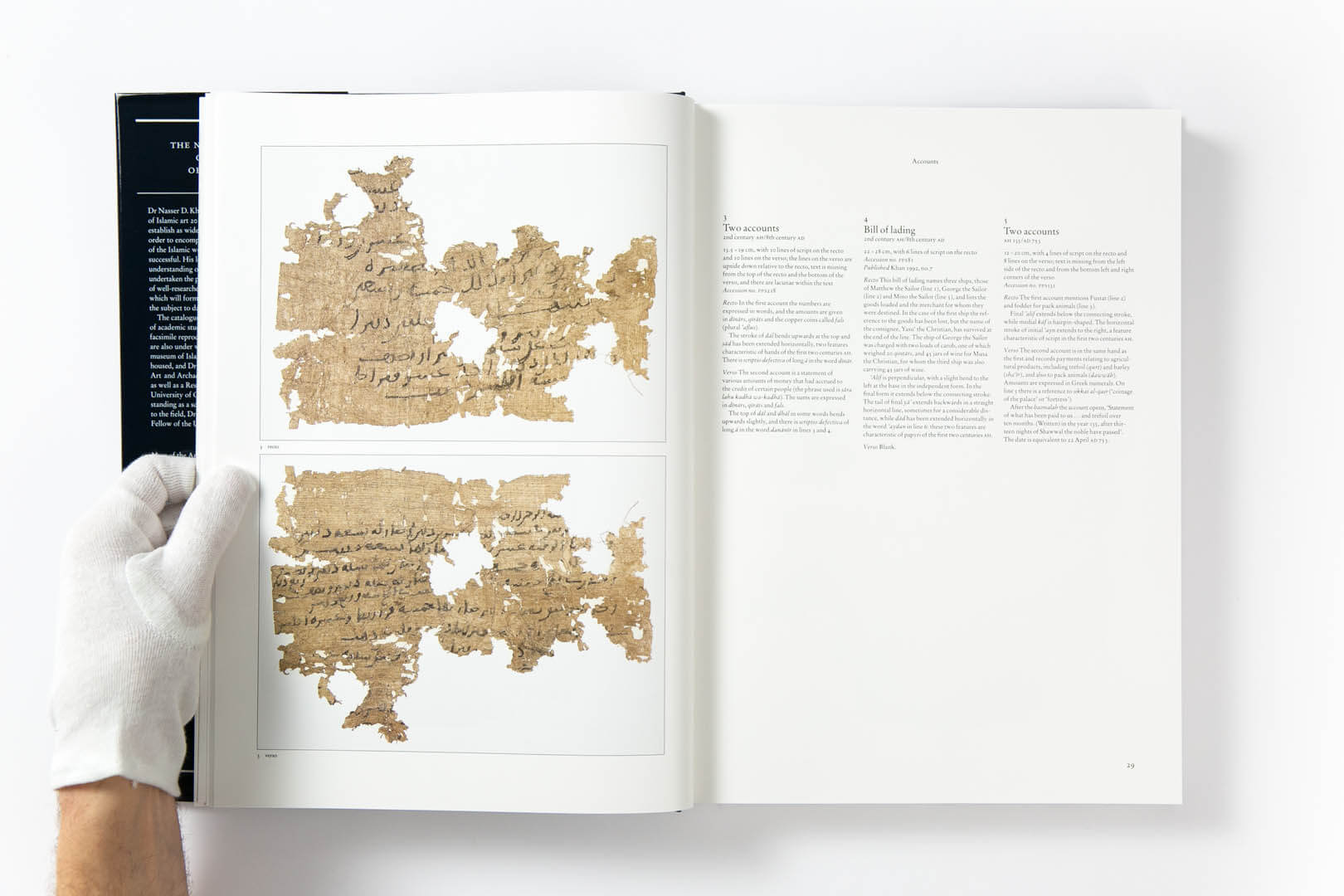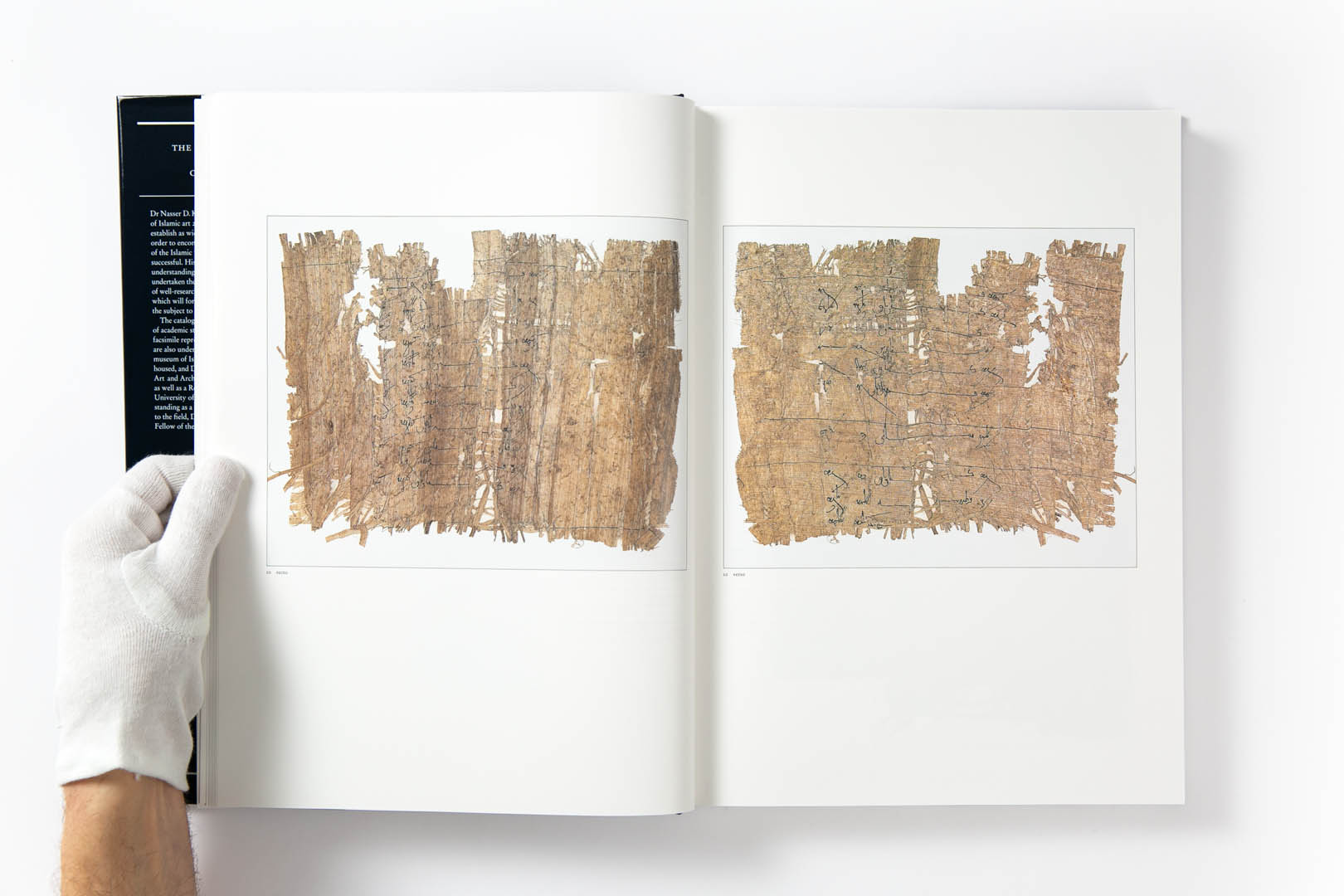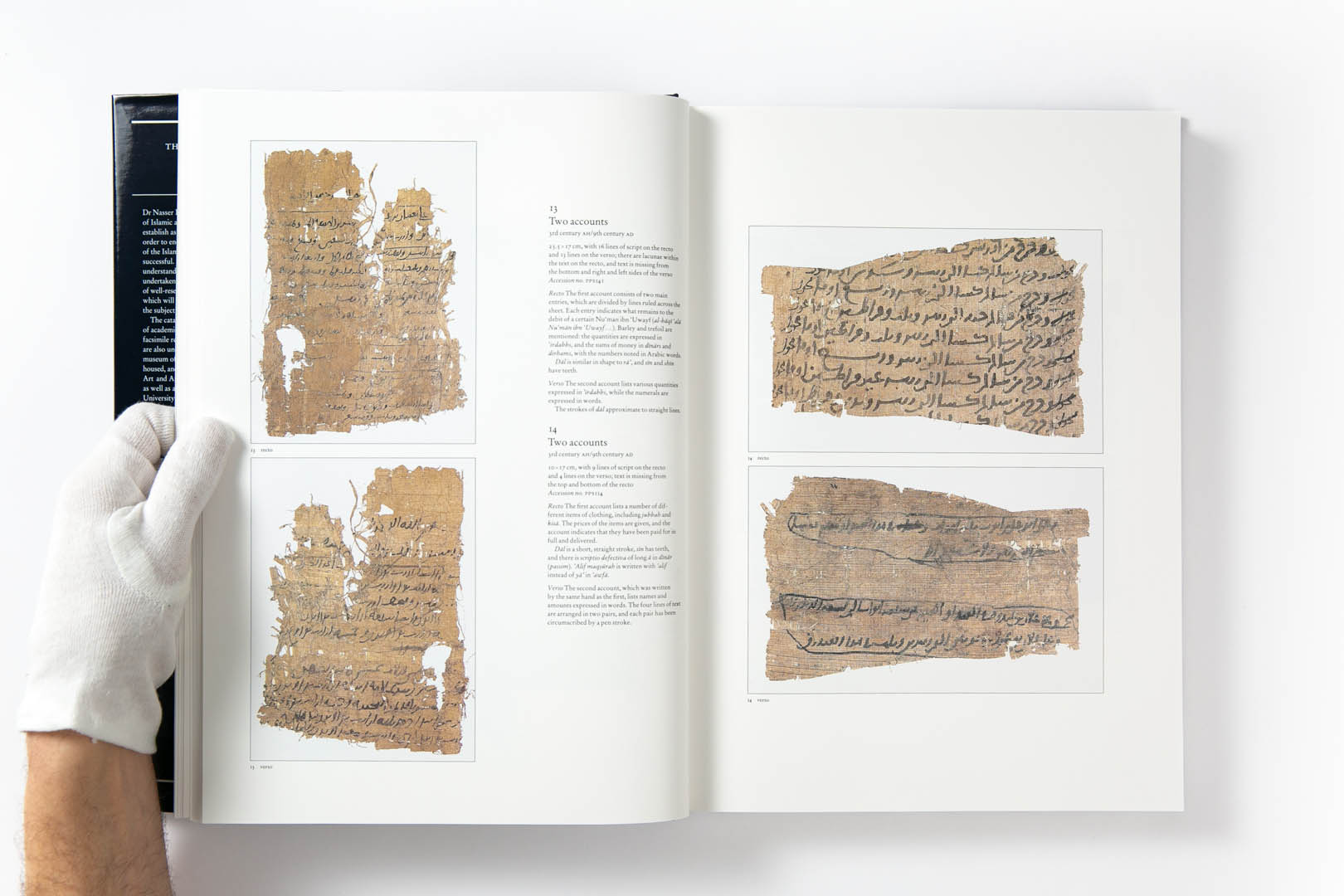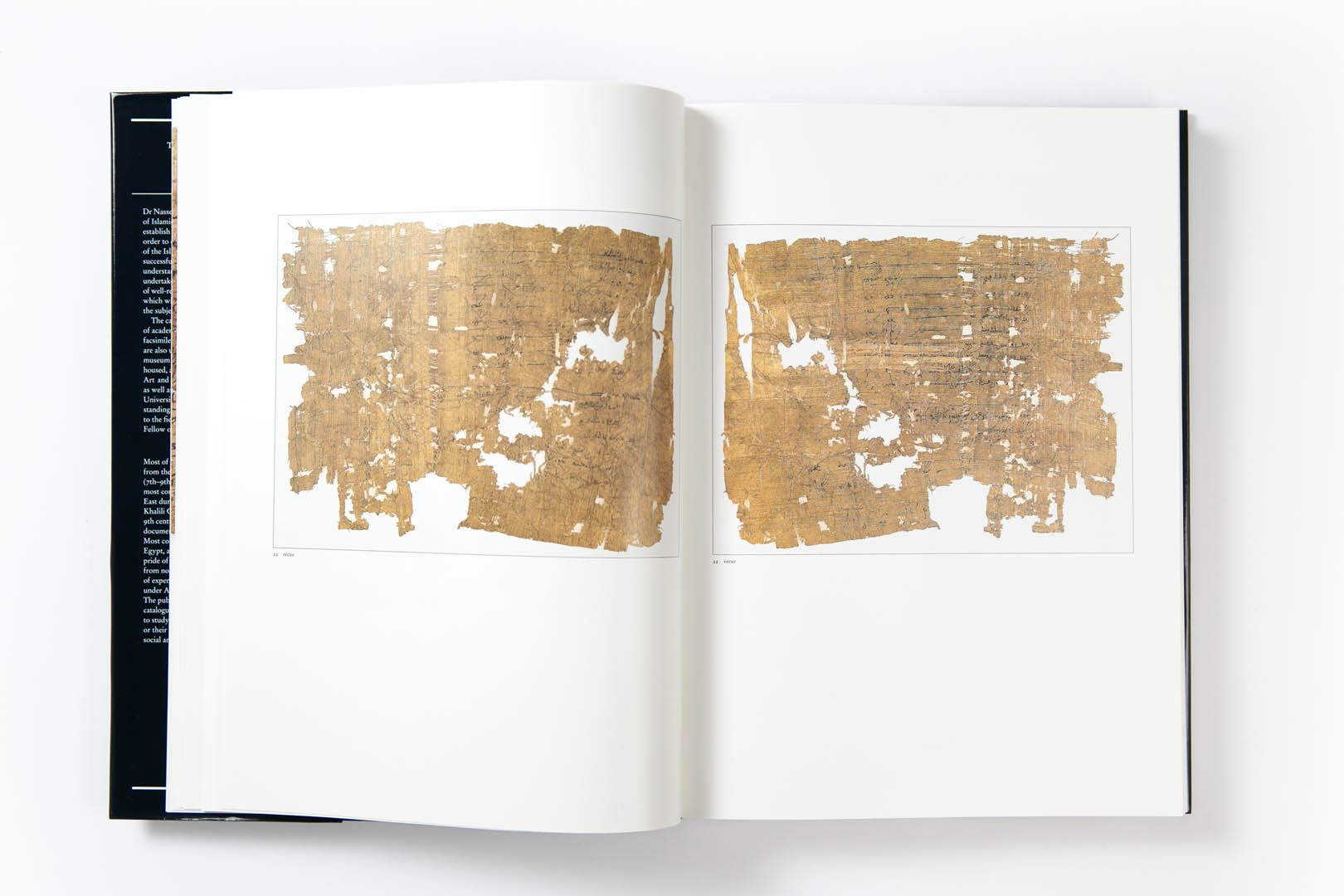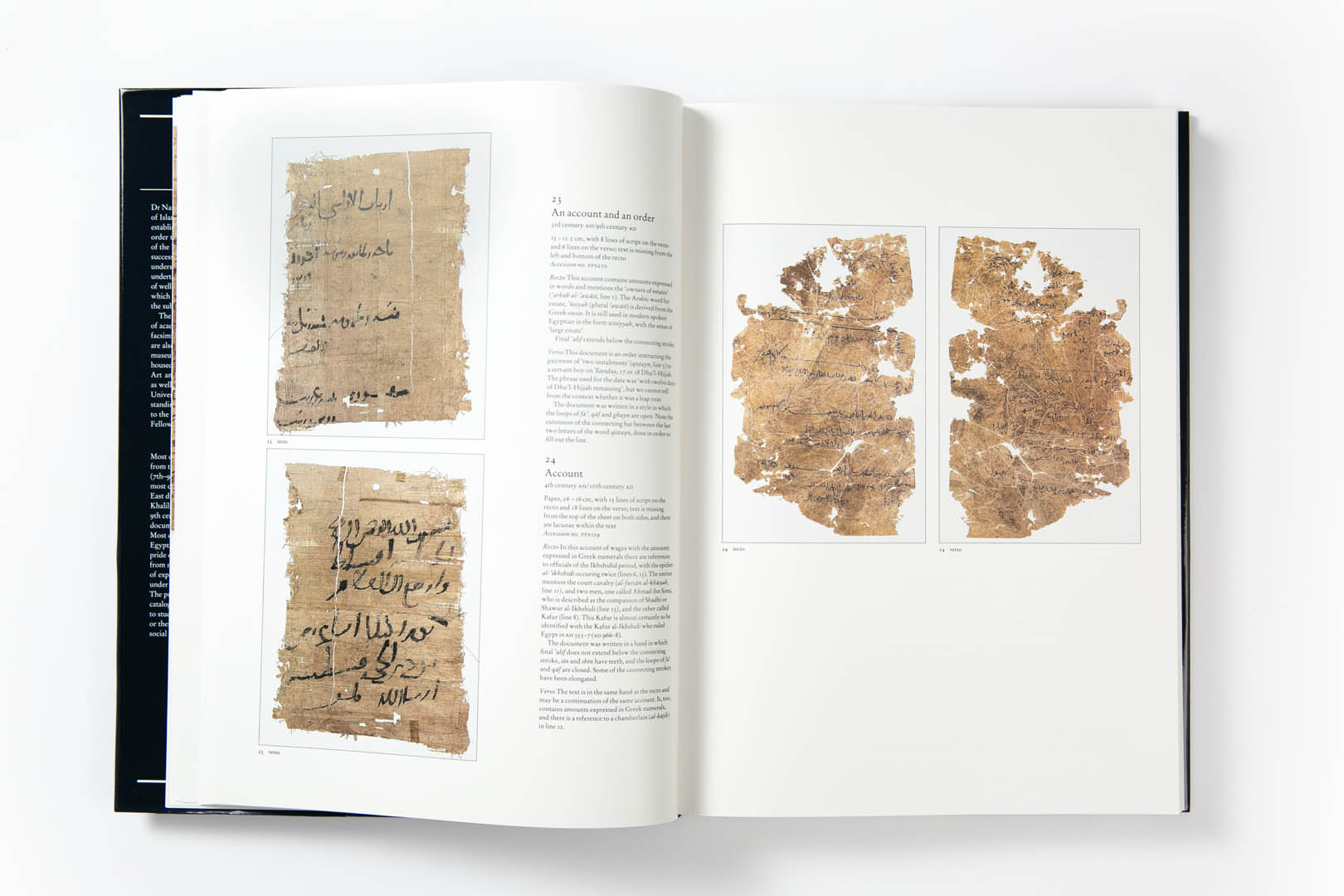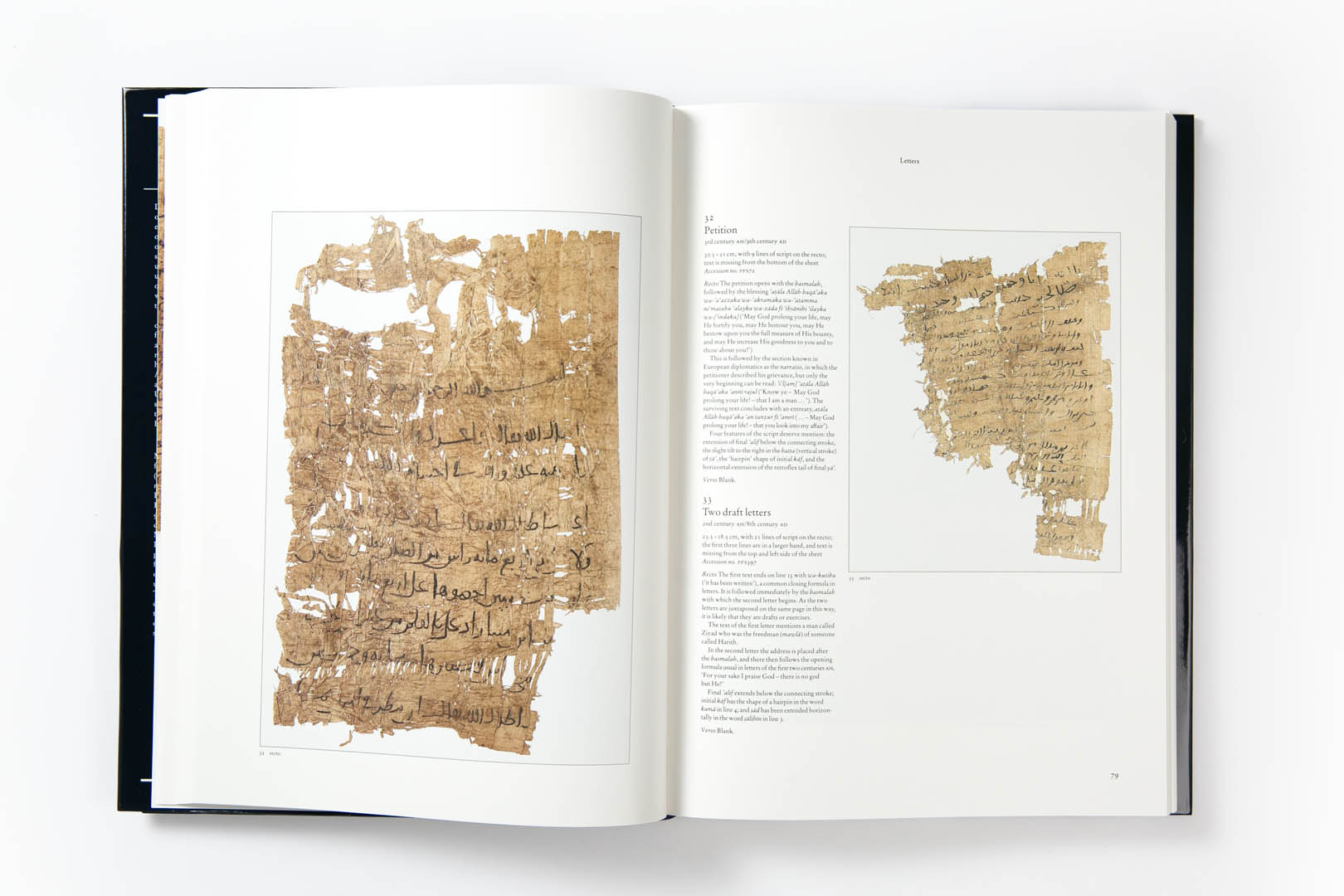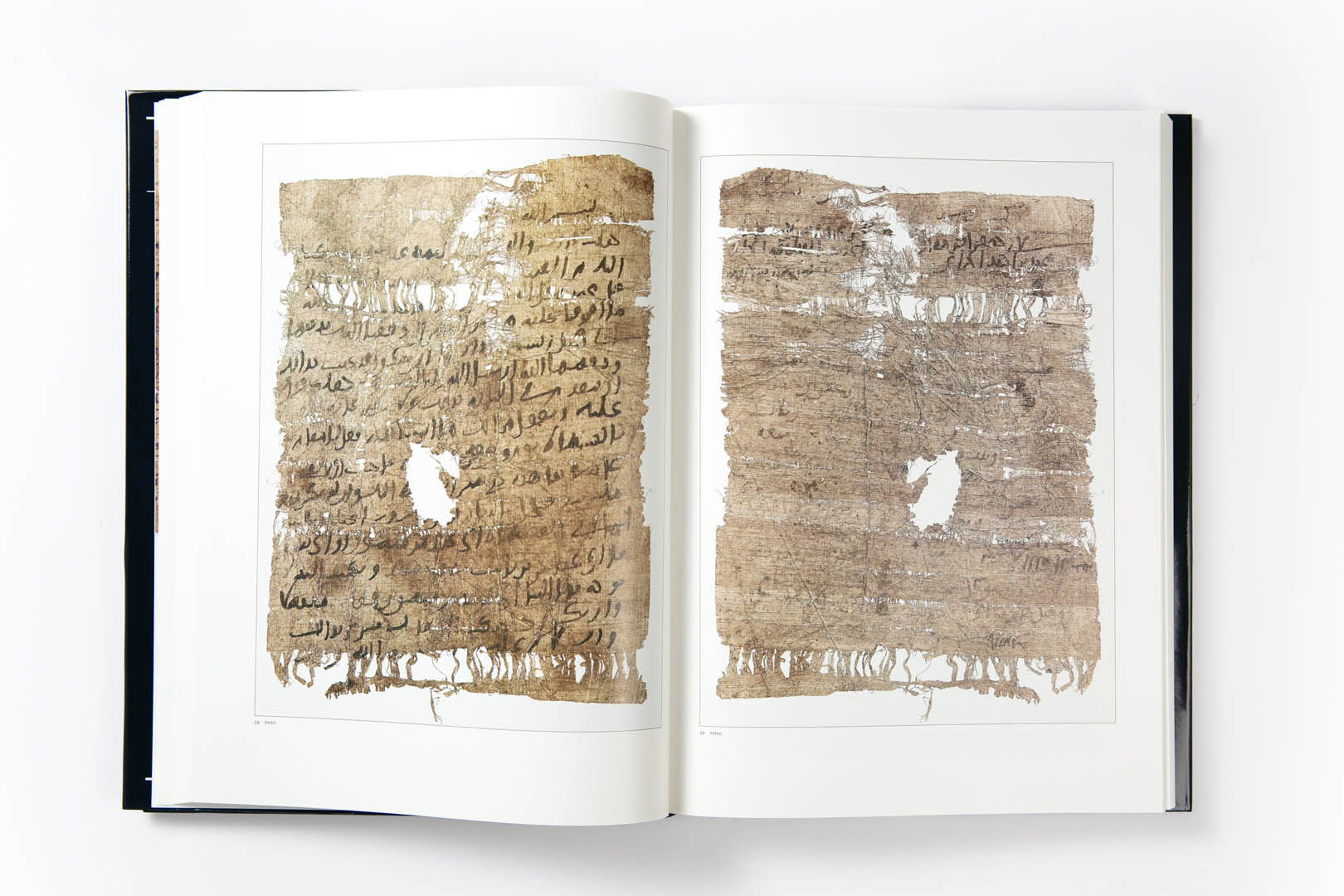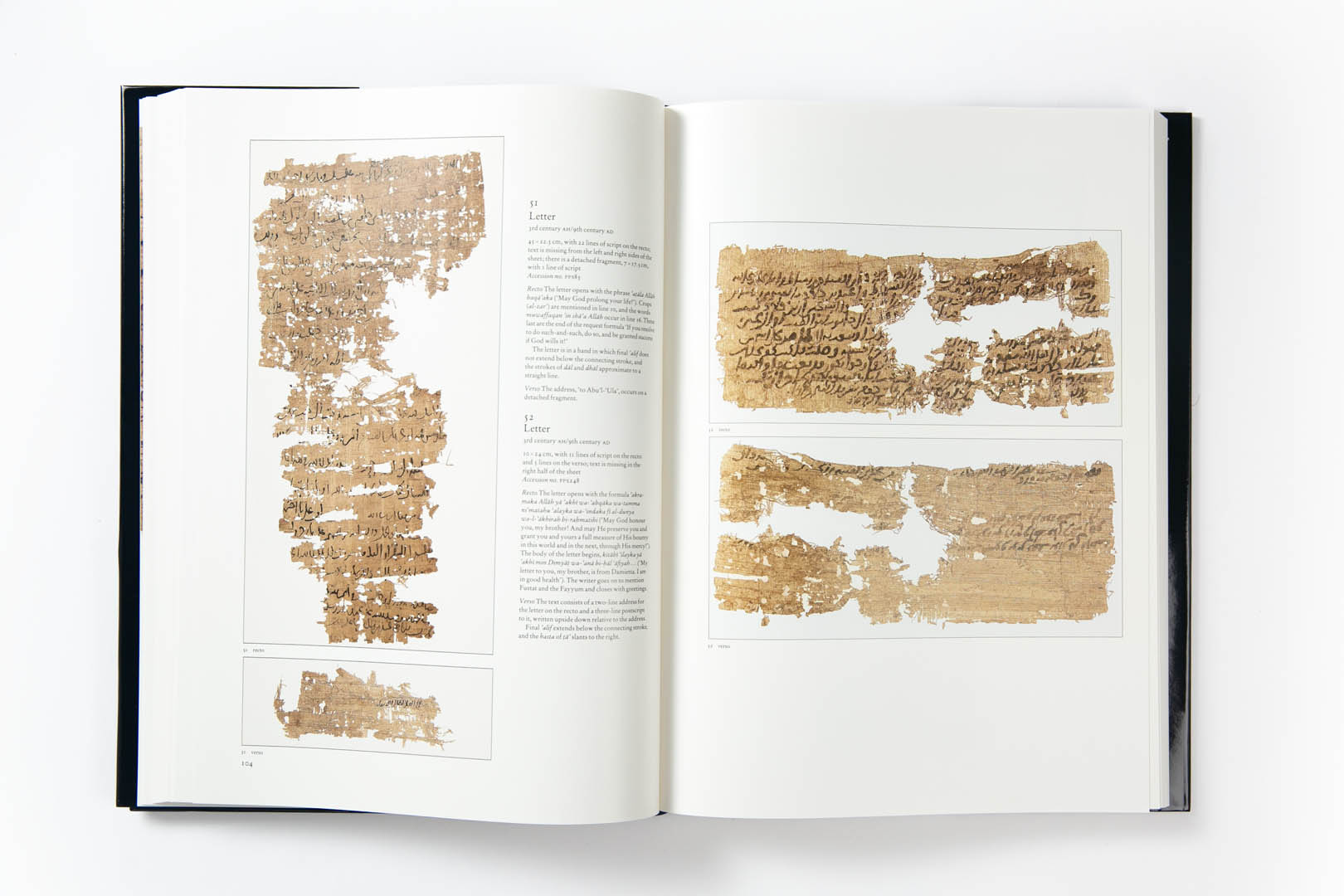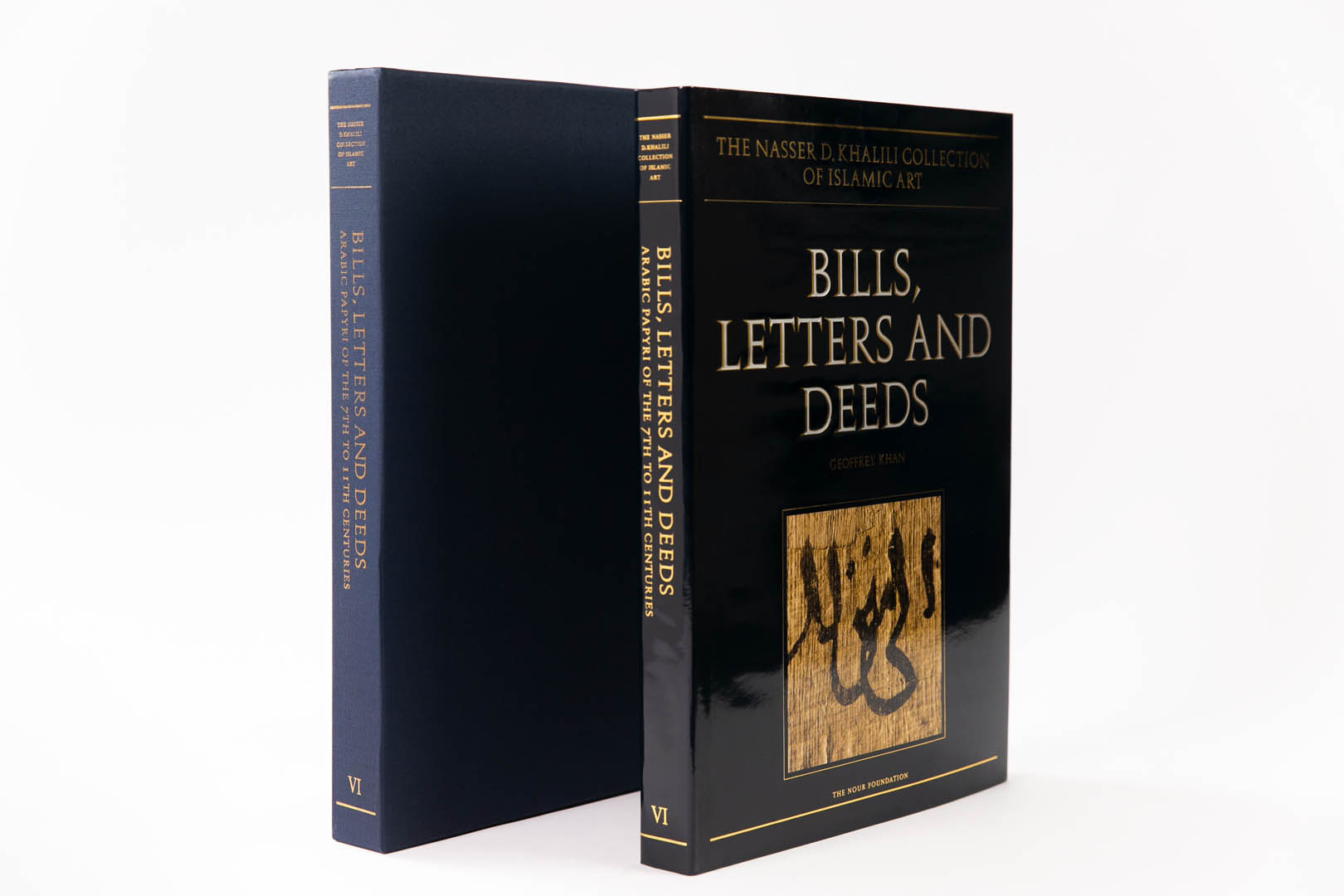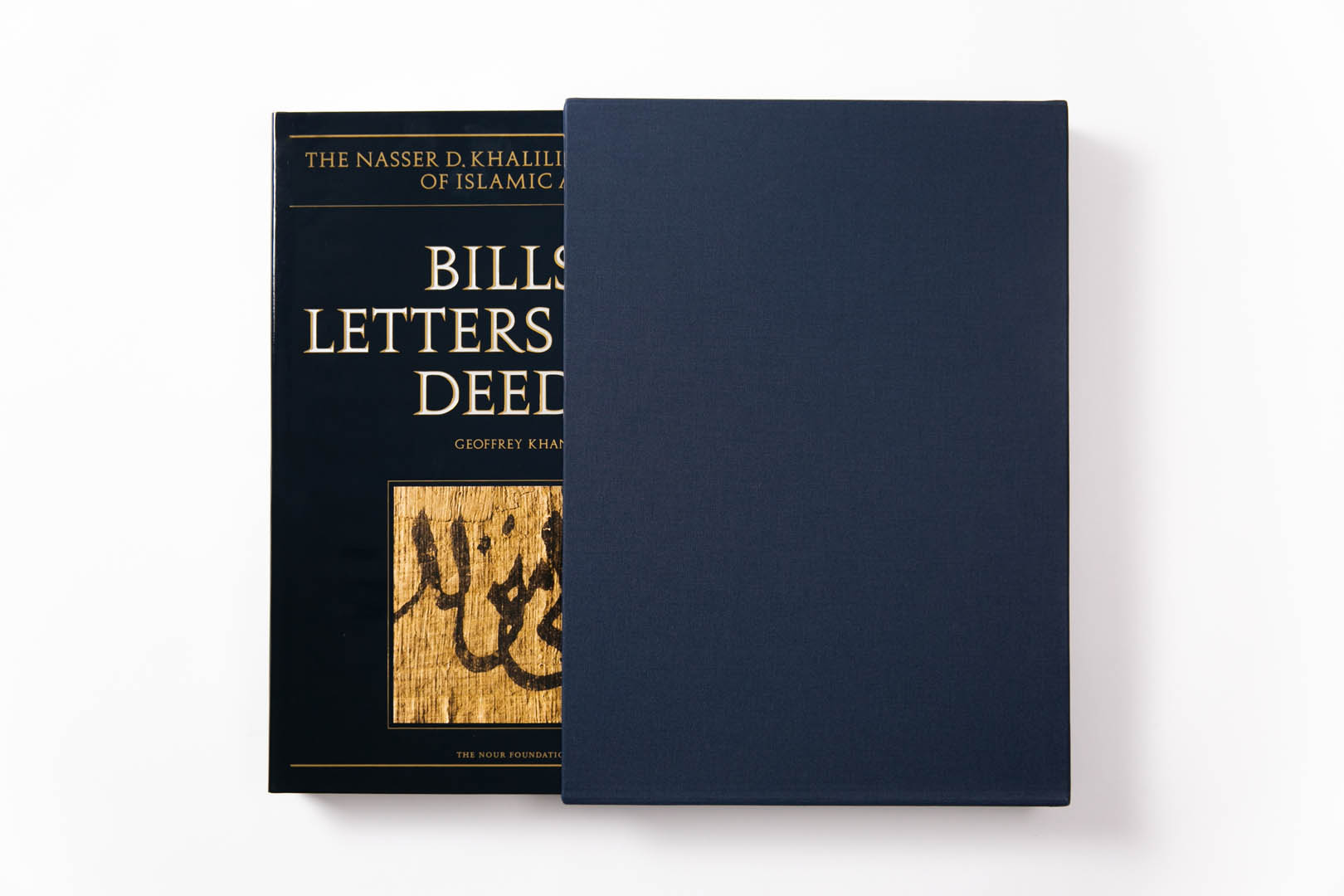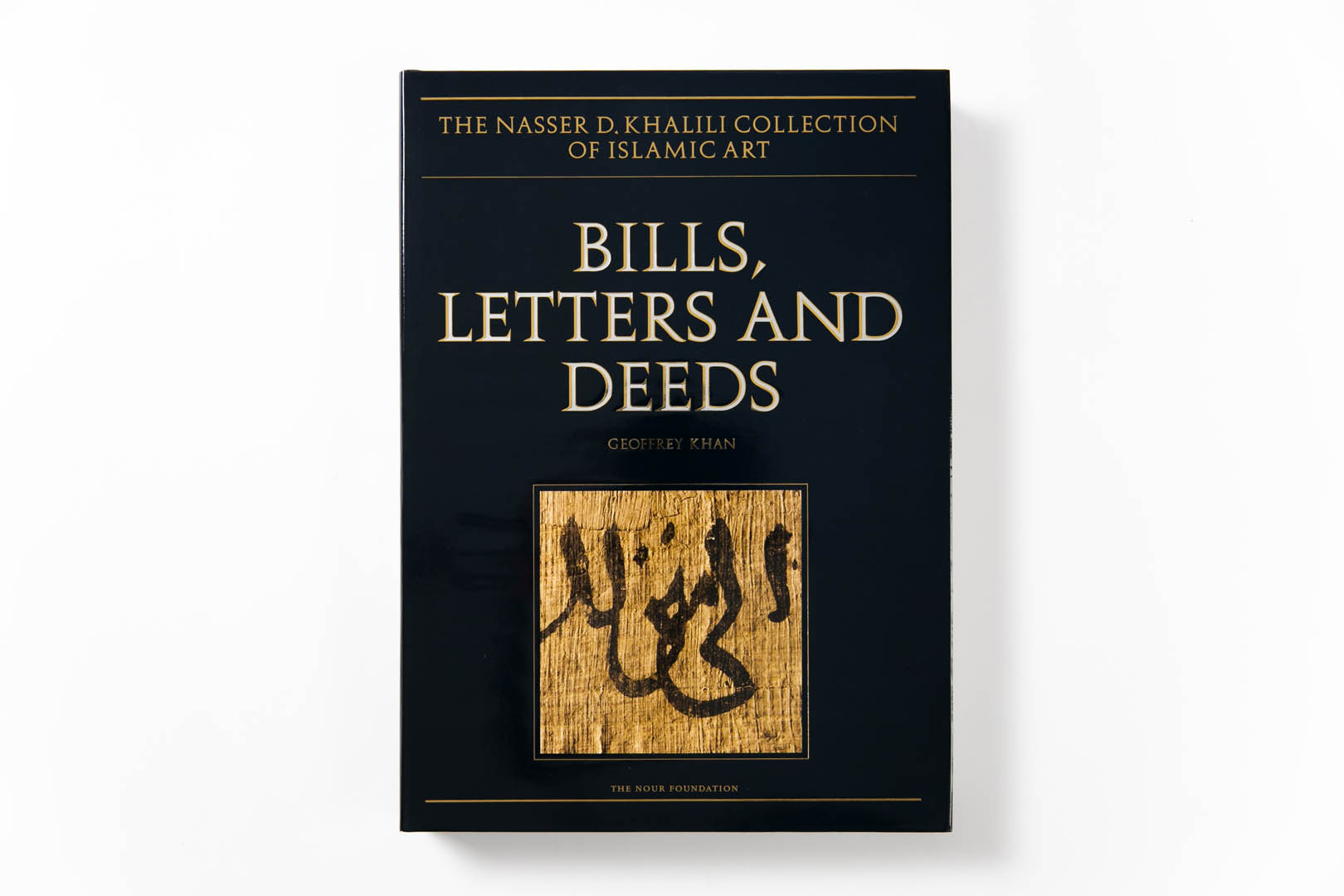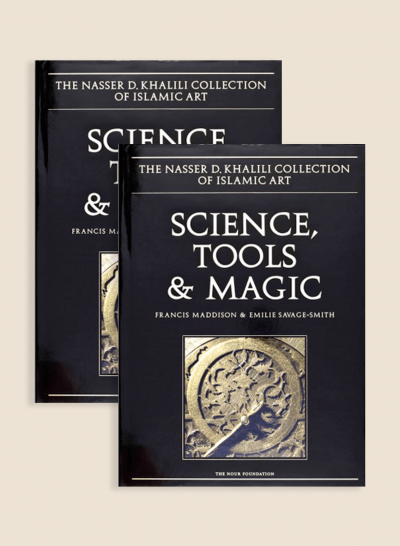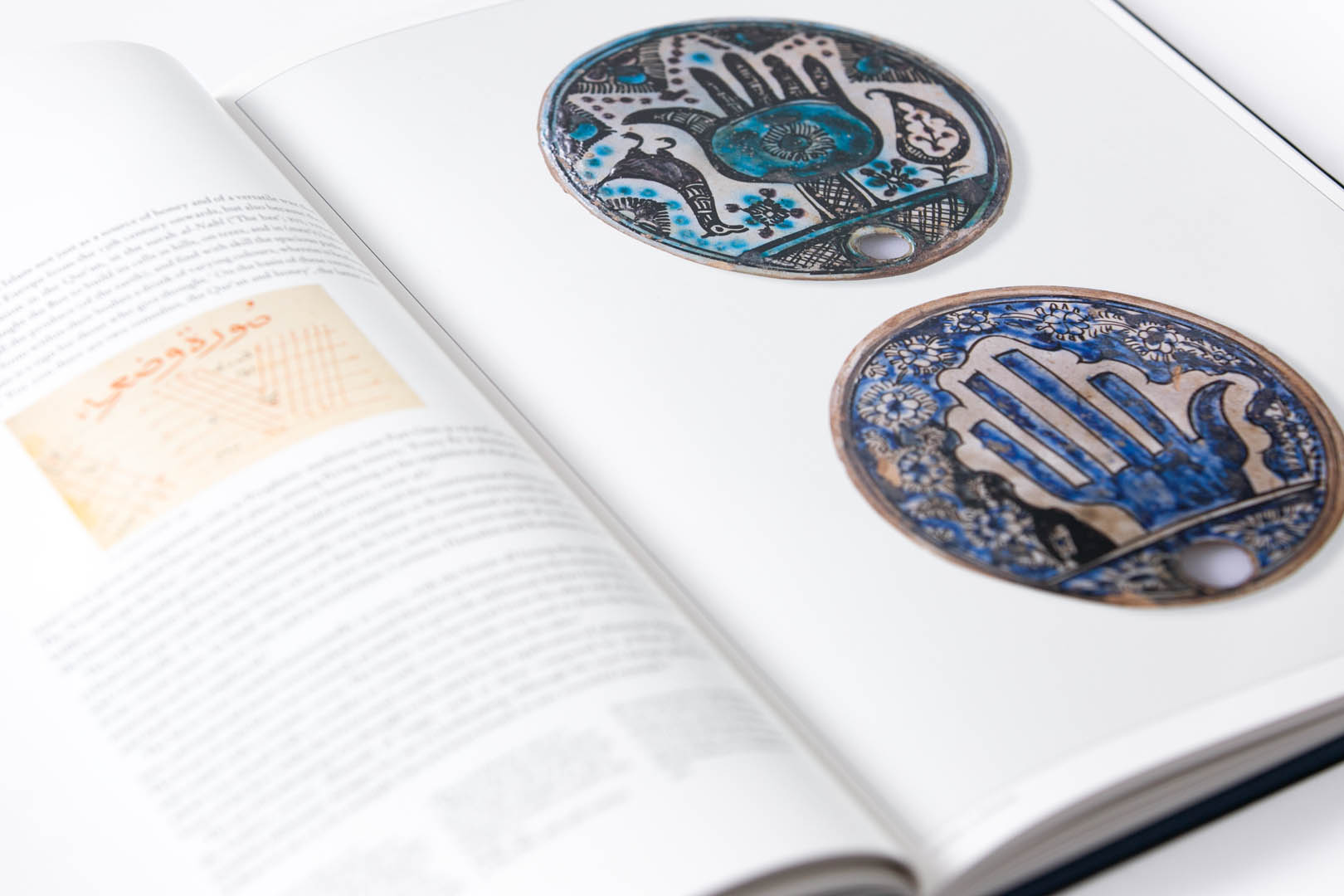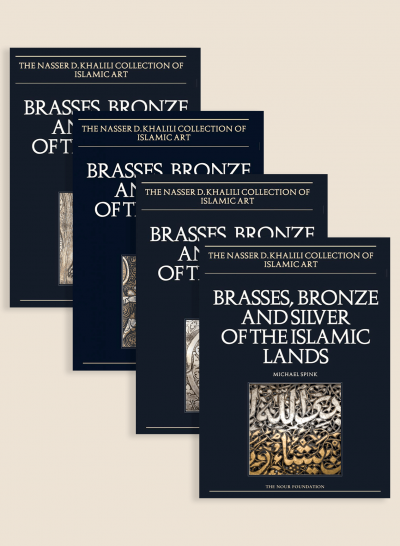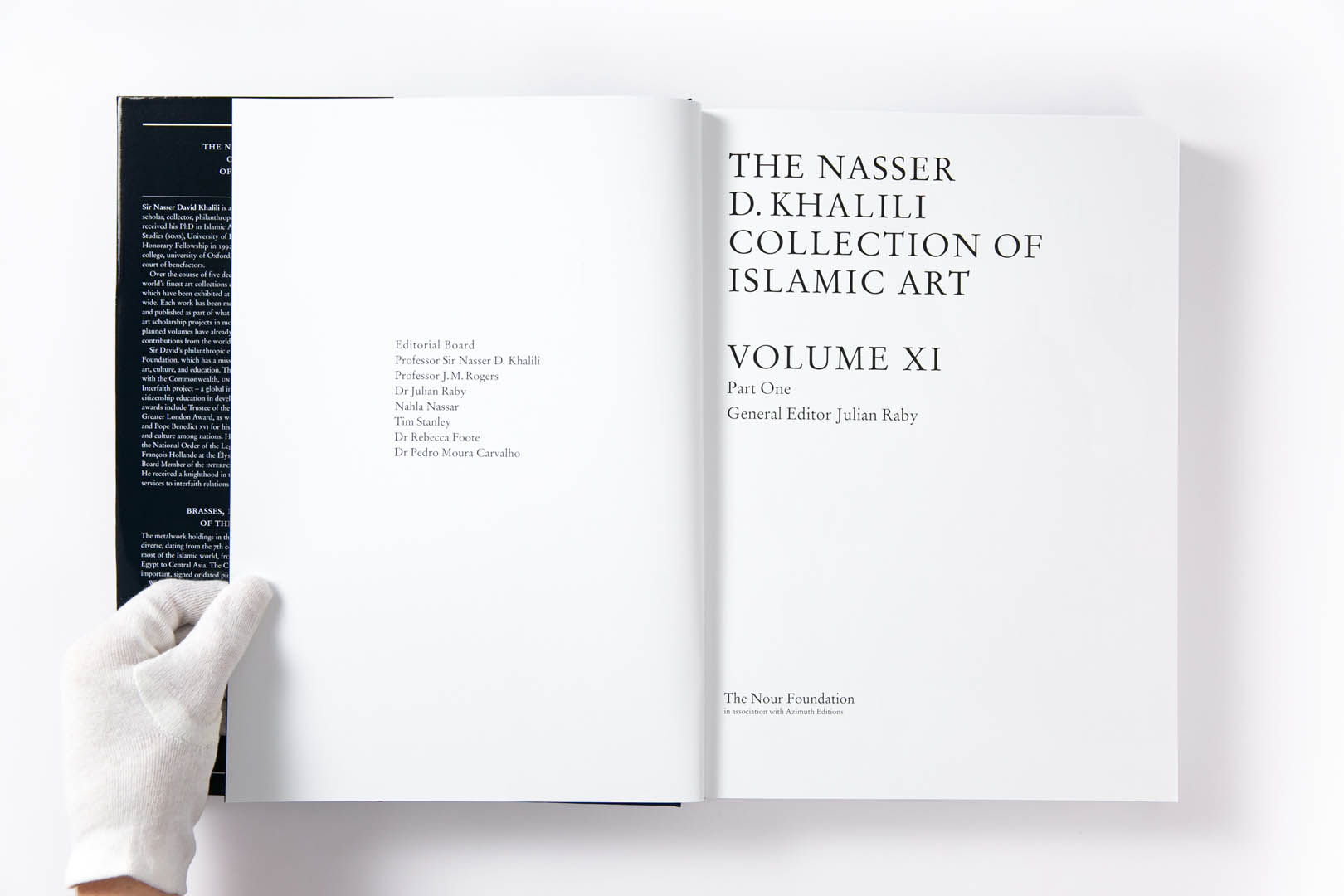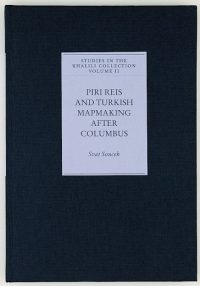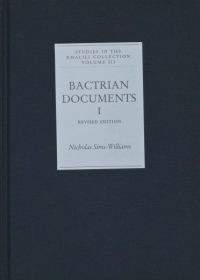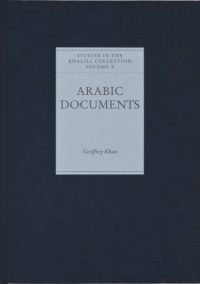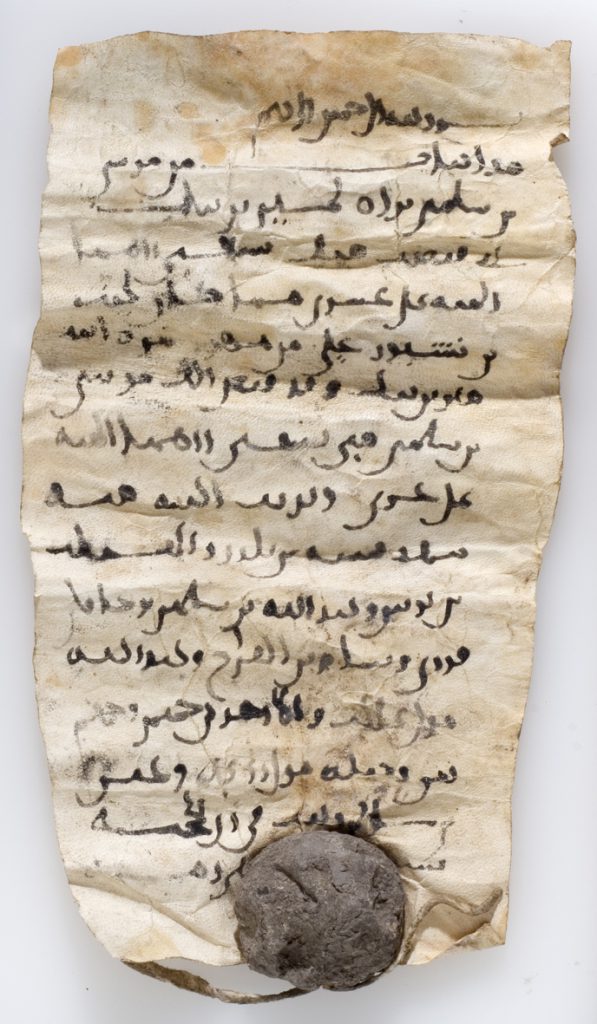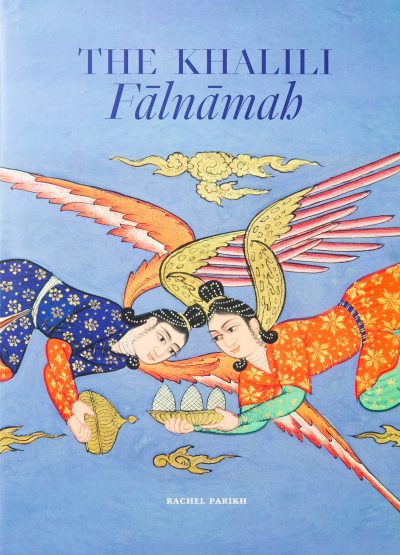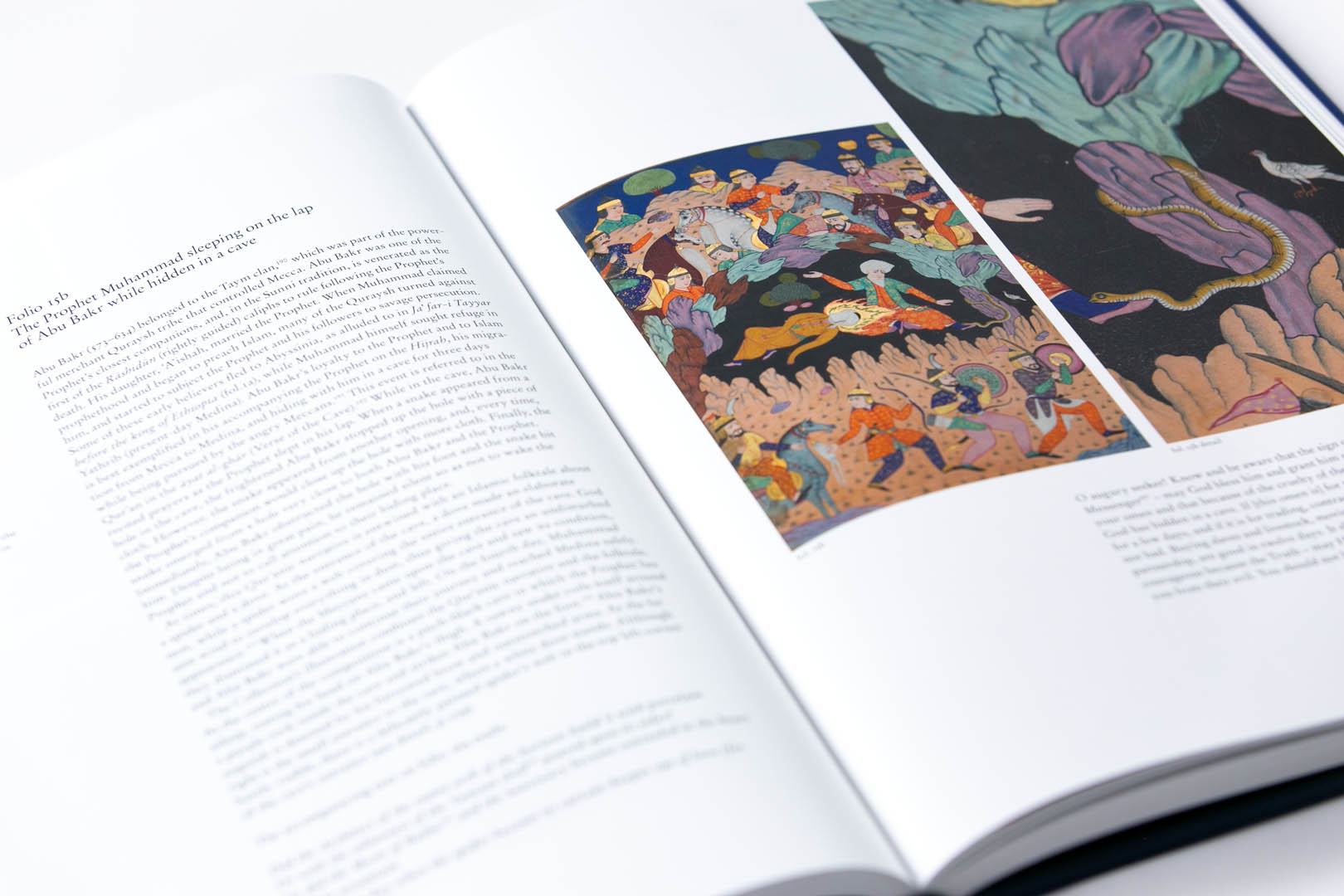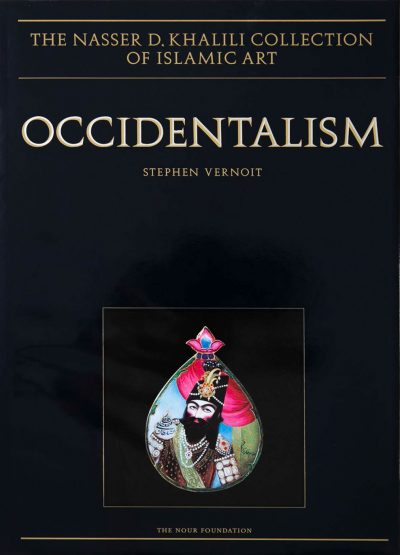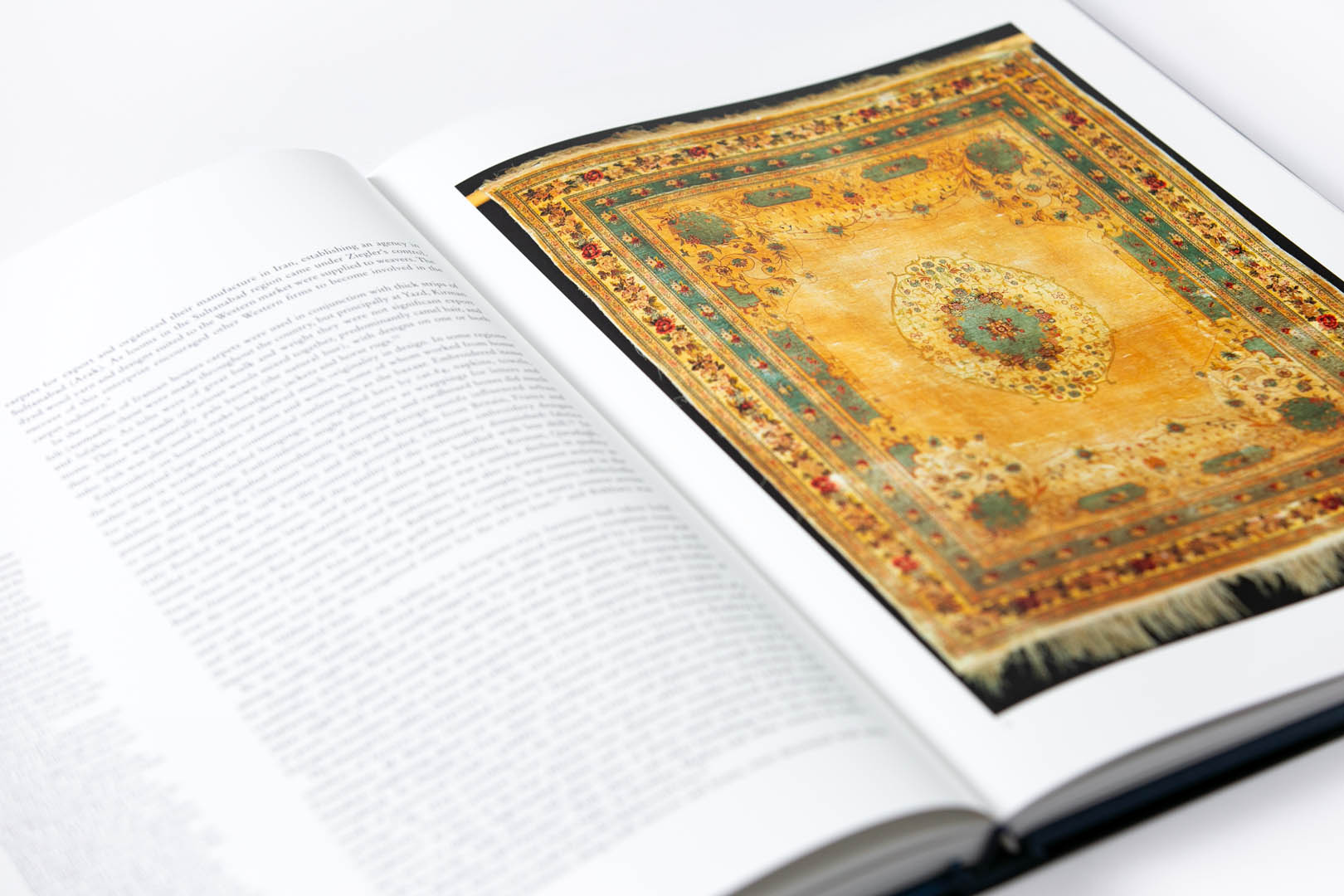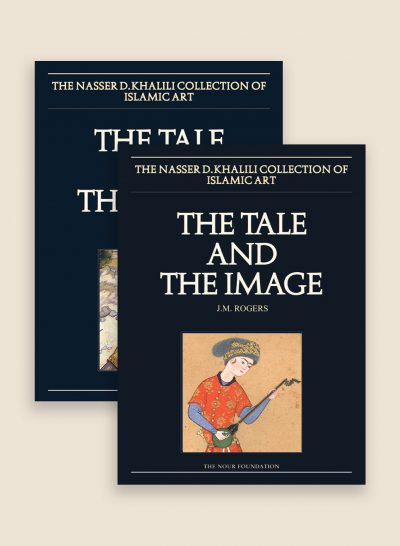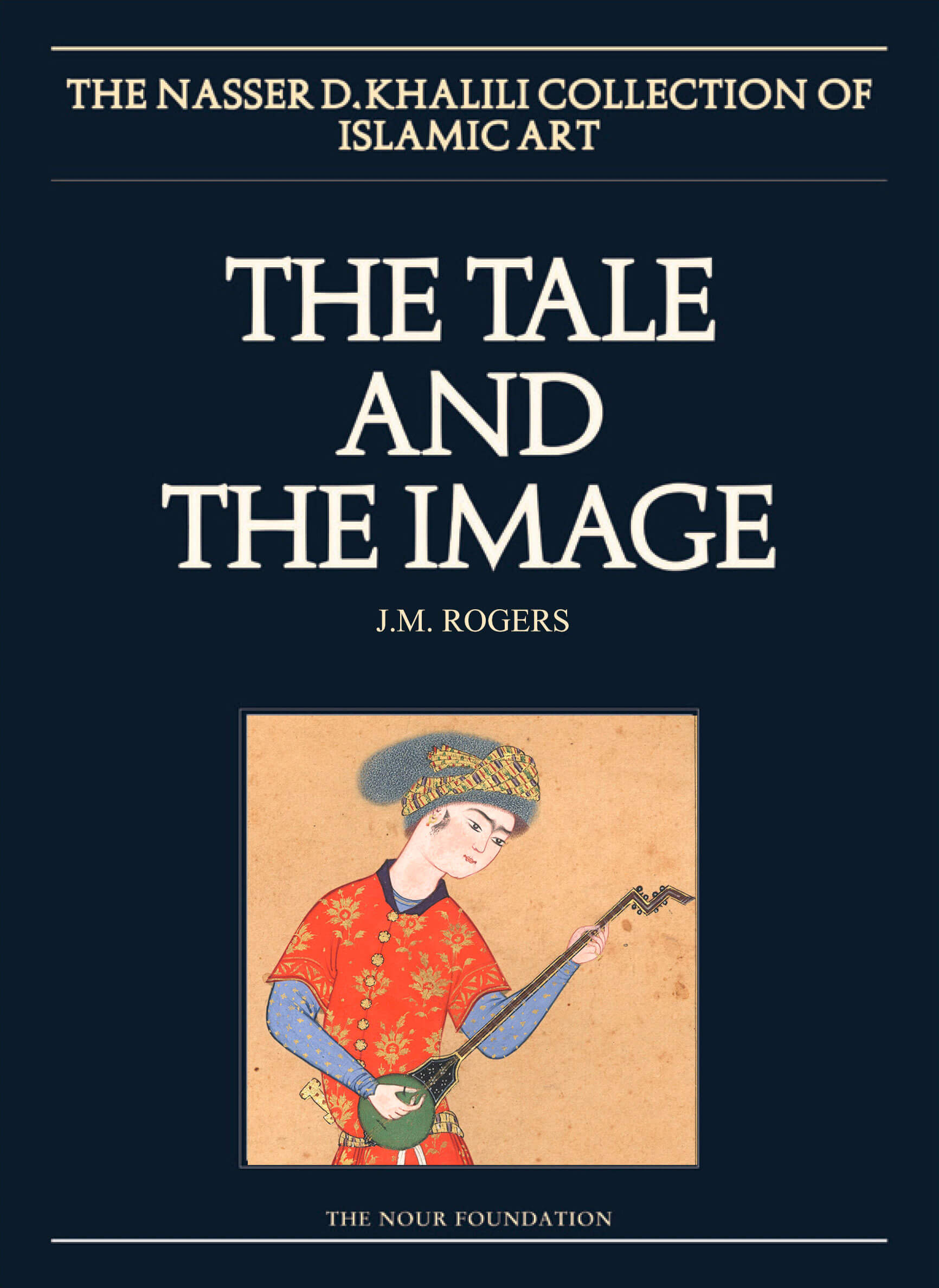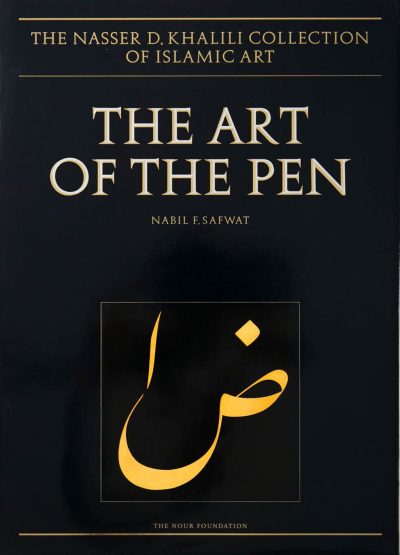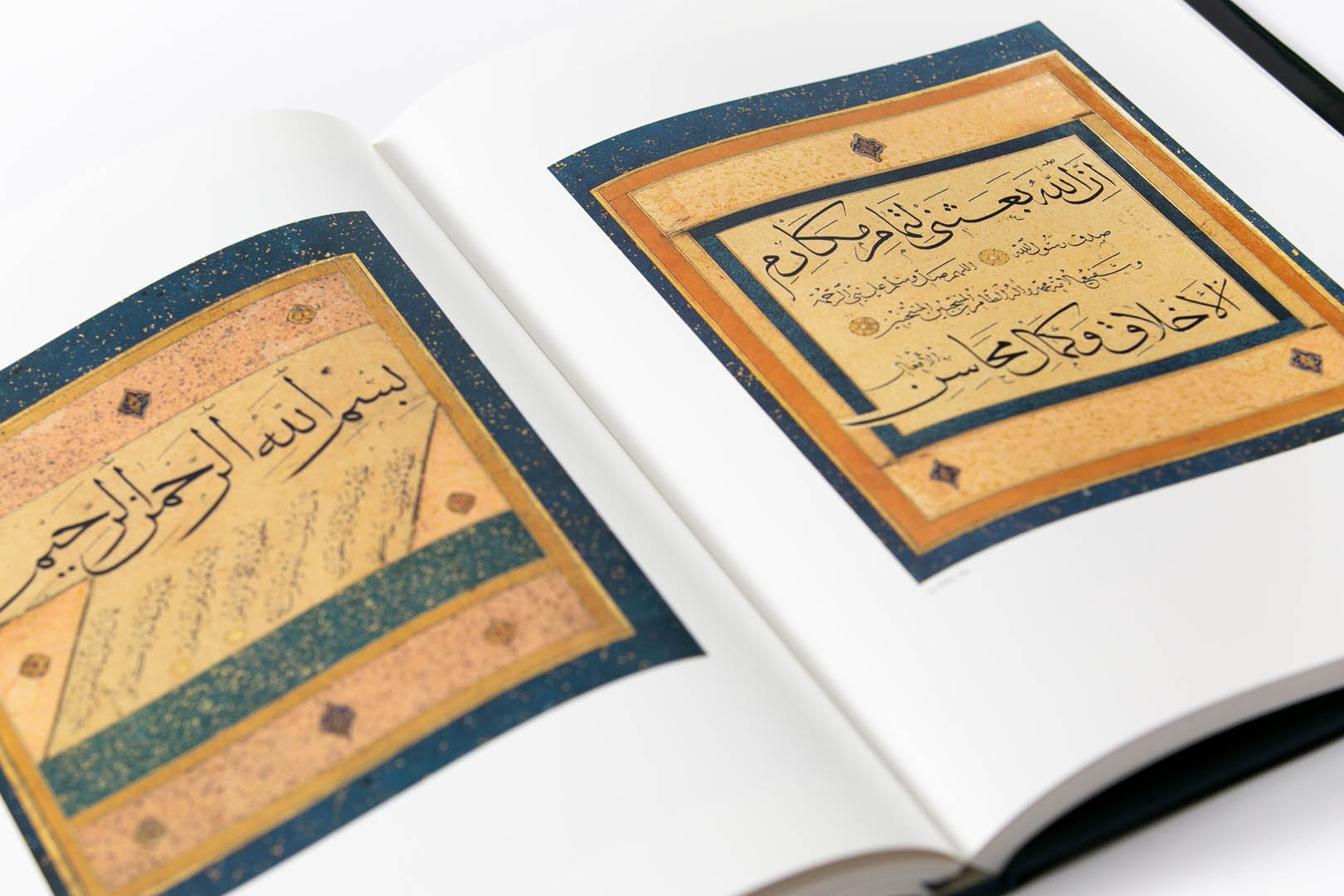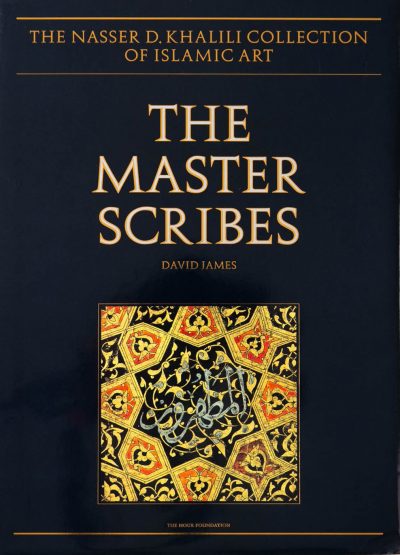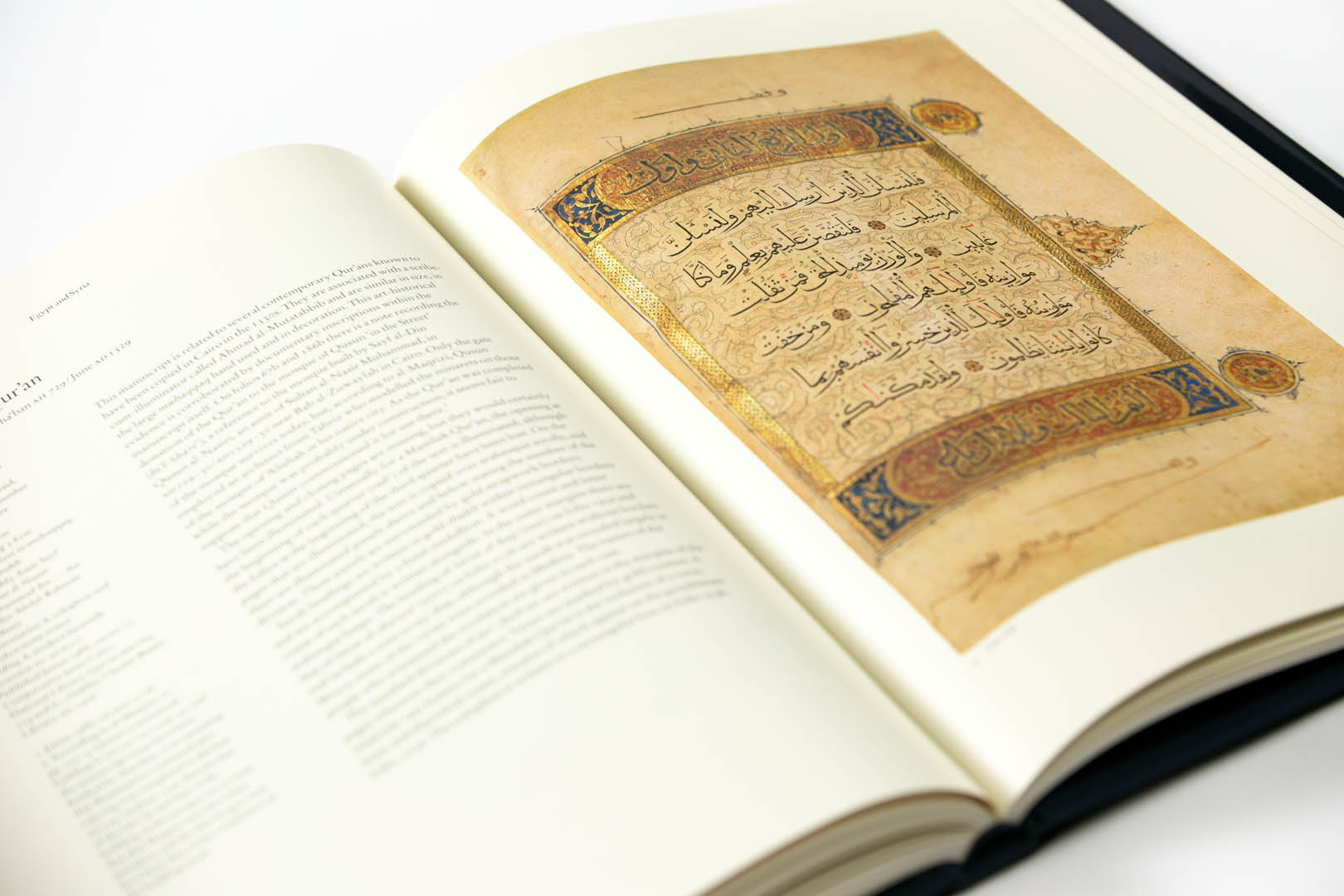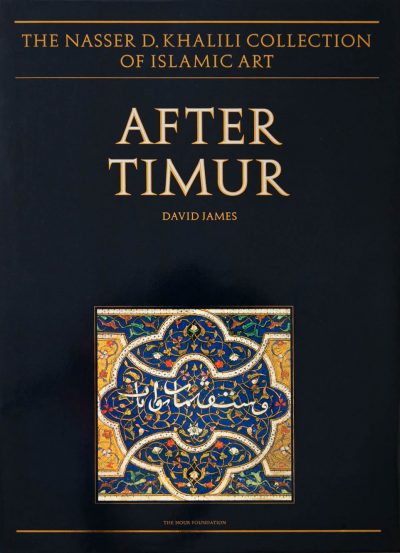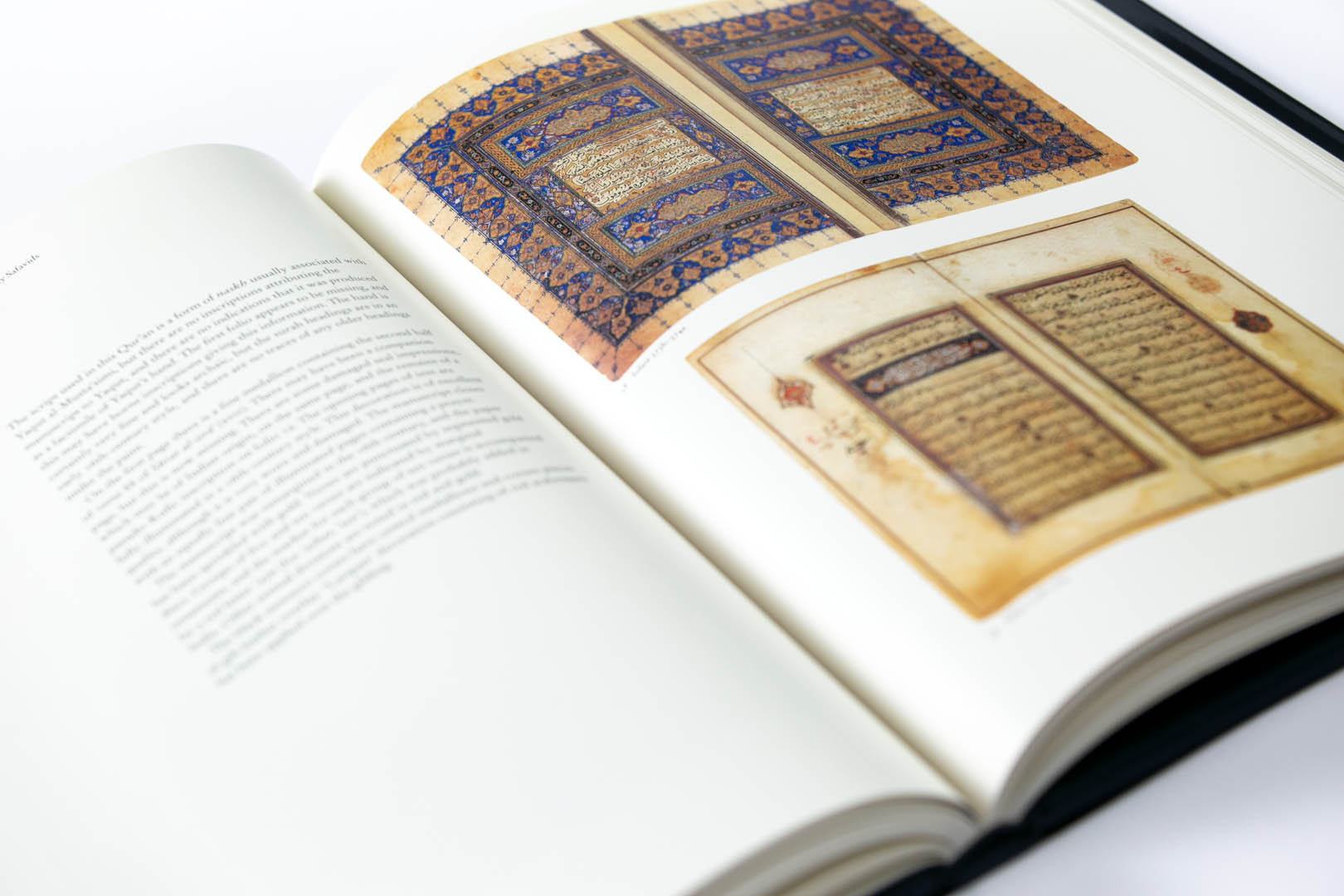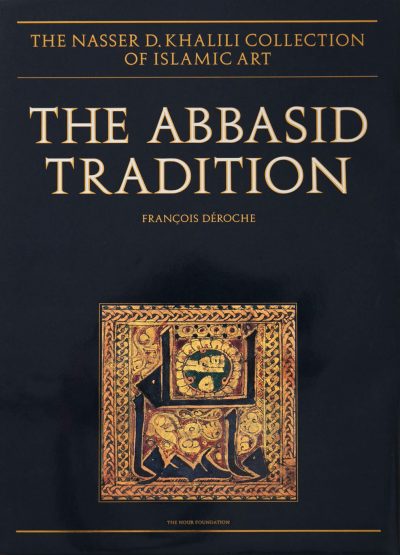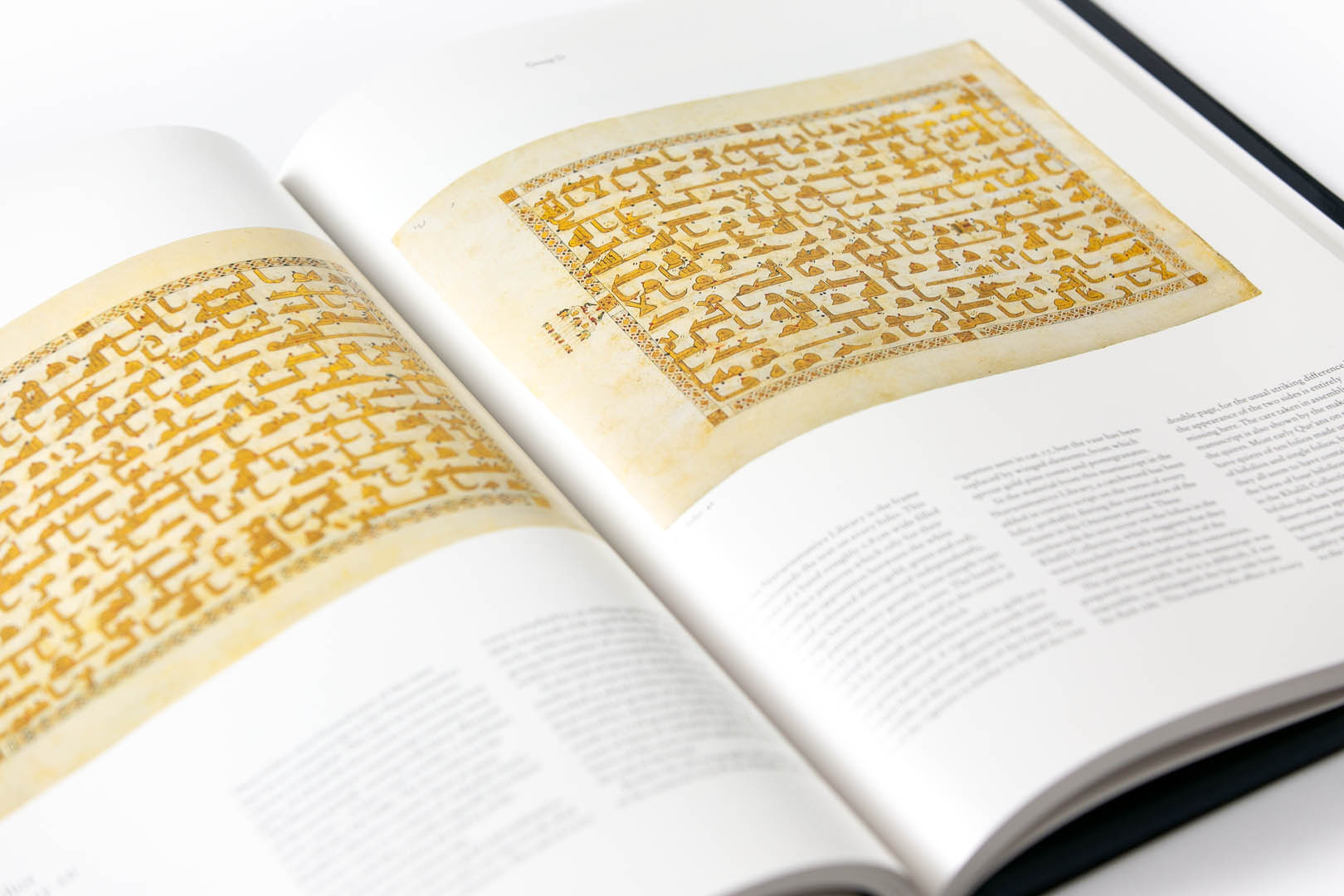📢 Please note: Orders placed from Friday, 20th Dec 2024, will be dispatched after Monday, 6th Jan 2025. Thank you for your understanding and happy holidays!
Bills, Letters and Deeds: Arabic Papyri of the 7th-11th Centuries
£55.00
VOLUME VI
Published 1993
Geoffrey Khan
Most of the Arabic documents that have survived from the first three centuries of the Islamic era were written on papyrus, the most commonly used writing material in the Near East during this period.
The Arabic papyri in the Collection date mostly from the 8th and 9th centuries, and include official and legal documents, receipts, accounts and private letters. Most come from Fustat, and a few originate from Upper Egypt, but pride of place goes to the only extant Arabic papyrus from northern Mesopotamia, an account of expenditure drawn up in a Nestorian monastery under Abbasid rule c. ad 855.
The papyri are an invaluable source of information on scripts, grammar and literary styles, as well as on social and economic life in the early Islamic period. Of the 258 in this catalogue, 108 are illustrated in colour, while the rest, which are of a more fragmentary nature, are reproduced in black and white. The history of the use of papyrus and the methods of its manufacture are discussed in the introduction.
About the author(s)
Professor Geoffrey Khan – Fellow of the British Academy; Regius Professor of Hebrew, Cambridge University; fields of expertise include Arabic papyrology
Details
292 pages; 108 colour plates, 150 halftones, line drawings; hardback with dust jacket (slipcased); 36 x 26 cm; 1993; ISBN: 1-874780-56-0
Related Publications
Related products
-
Science, Tools & Magic
£89.00 -
Brasses, Bronze and Silver of the Islamic Lands
£150.00 -
Piri Reis and Turkish Mapmaking after Columbus
£35.00 -
Bactrian Documents from Northern Afghanistan Part I: Legal and economic documents
£35.00 -
Arabic Documents from Early Islamic Khurasan (Studies in the Khalili Collection Vol. 5)
£35.00 -
The Khalili Falnamah
£55.00 -
Occidentalism Islamic Art in the 19th Century
£55.00 -
The Tale and the Image Volume Two. Illustrated manuscripts and album paintings from Iran and Turkey
£89.00 -
The Art of the Pen Calligraphy of the 14th to 20th Centuries
£55.00 -
The Master Scribes: Qur’ans of the 10th to 14th centuries AD
£55.00 -
After Timur Qur’ans of the 15th and 16th centuries
£55.00 -
The Abbasid Tradition: Qur’ans of the 8th to 10th Centuries AD
£55.00
© 2025 Khalili Publications. Website by Nocturnal Cloud
